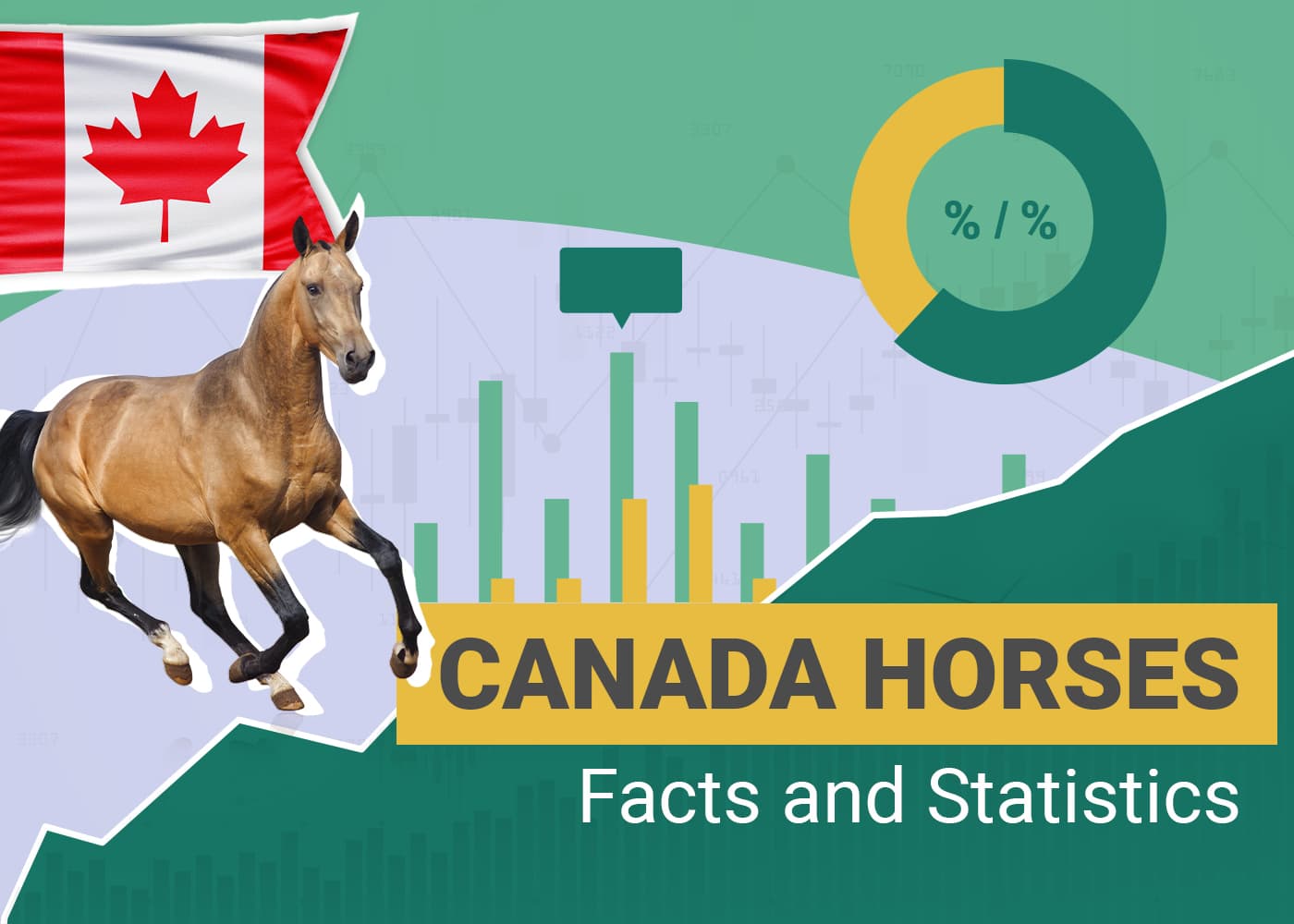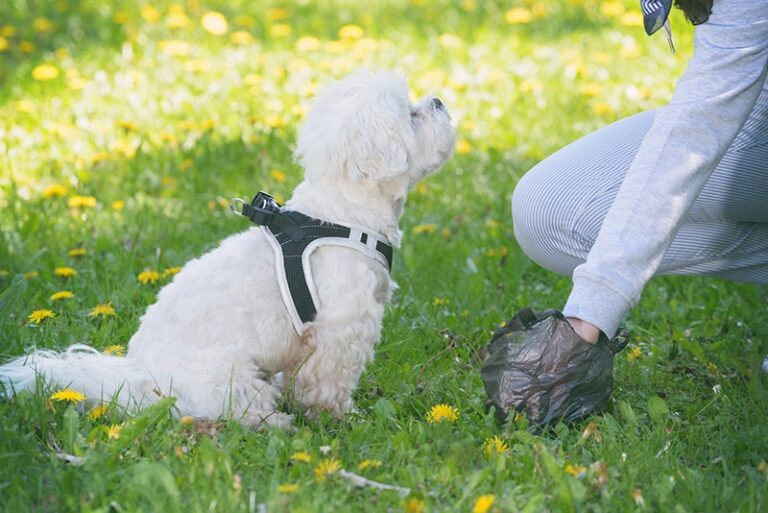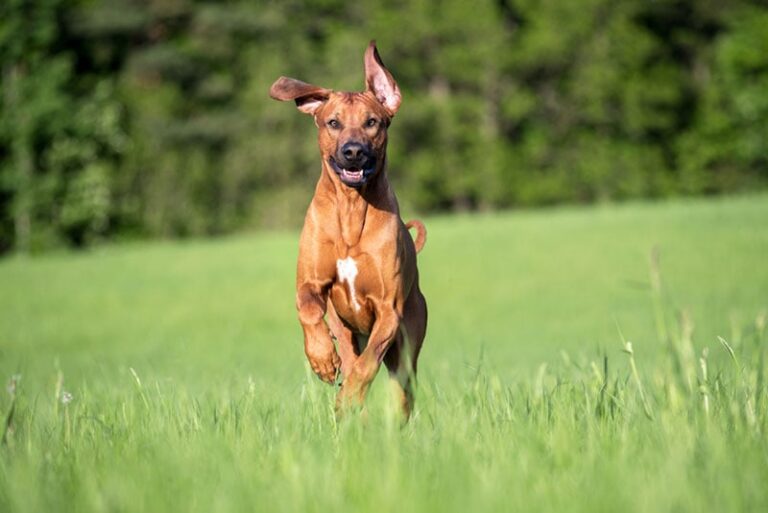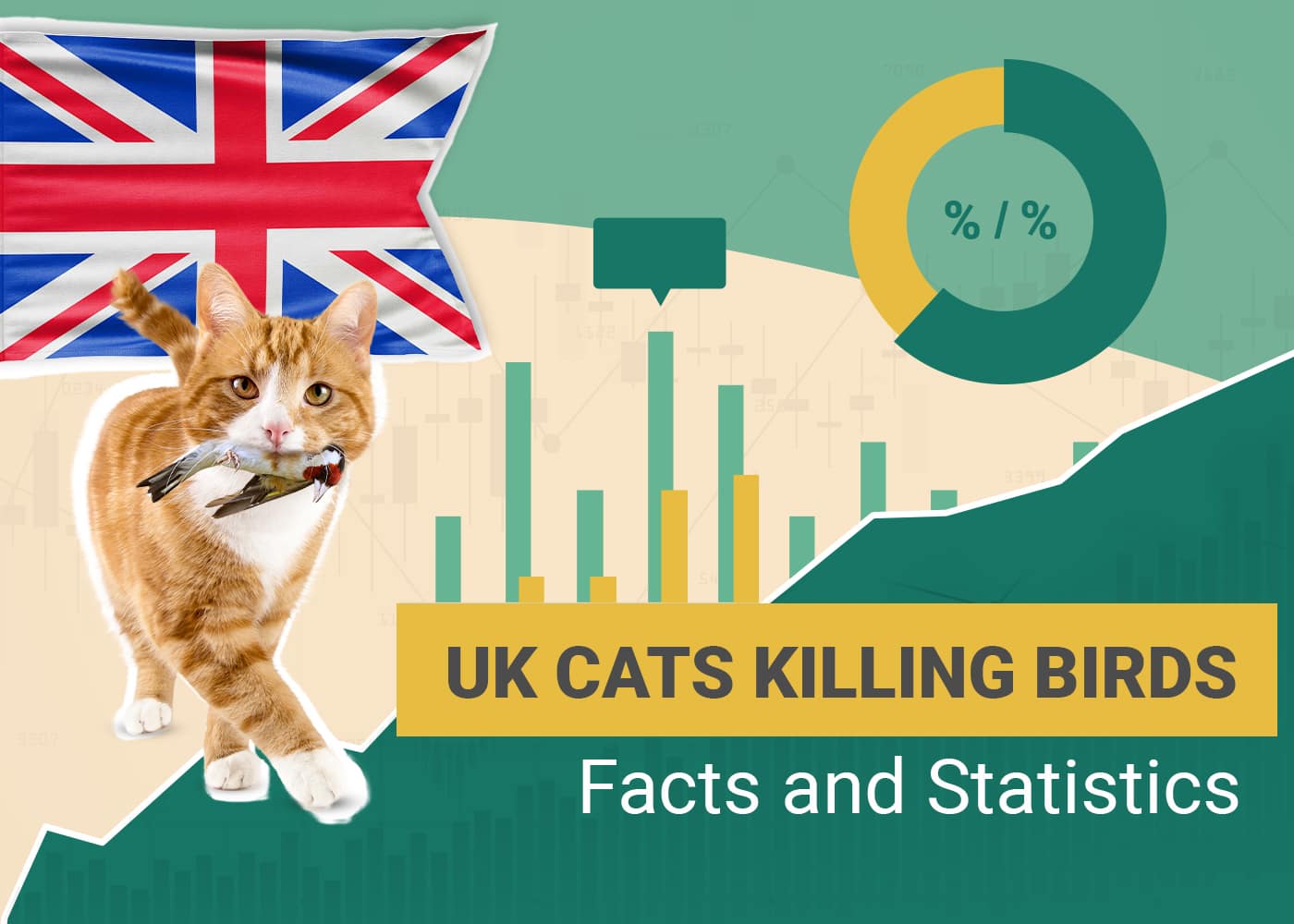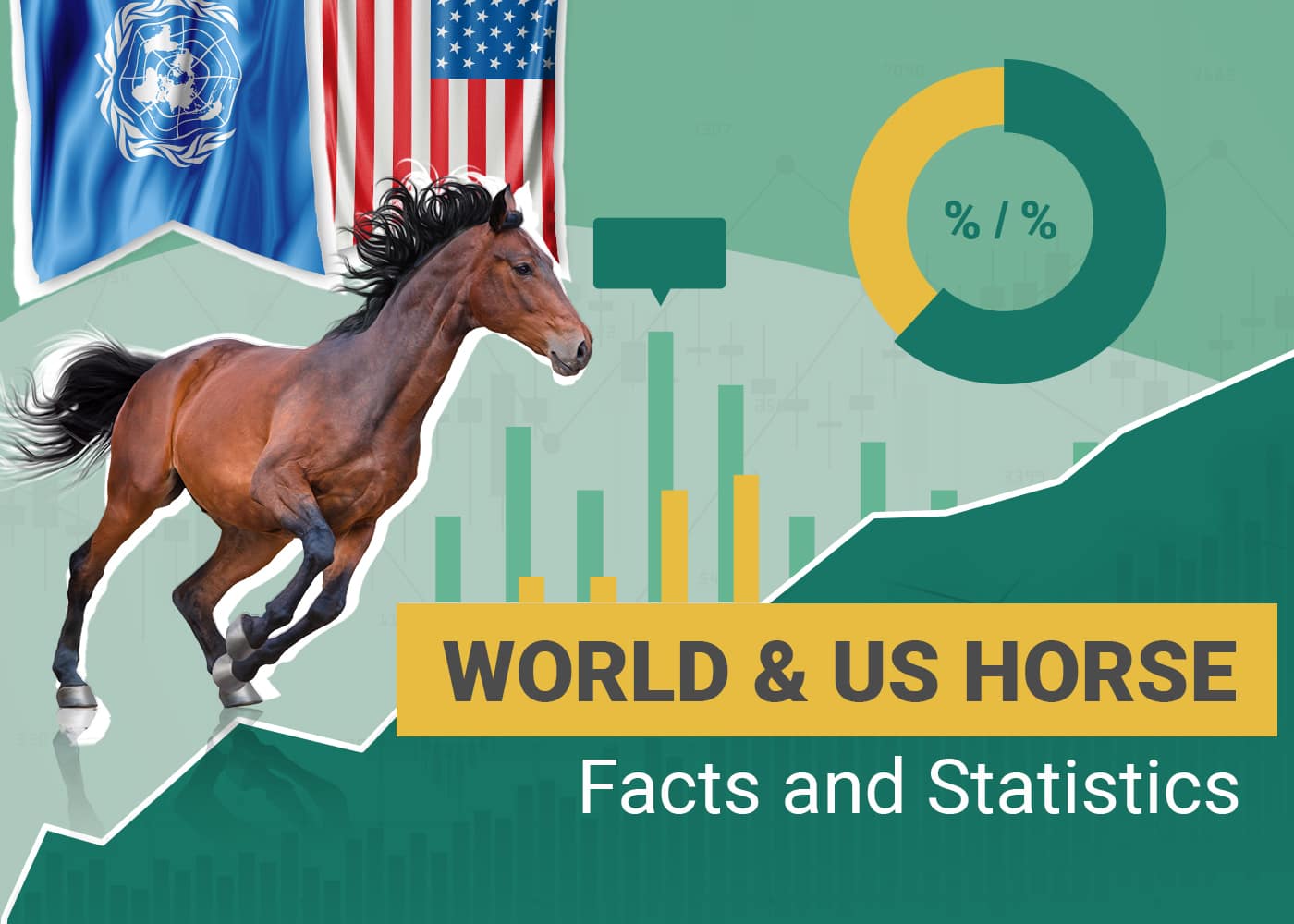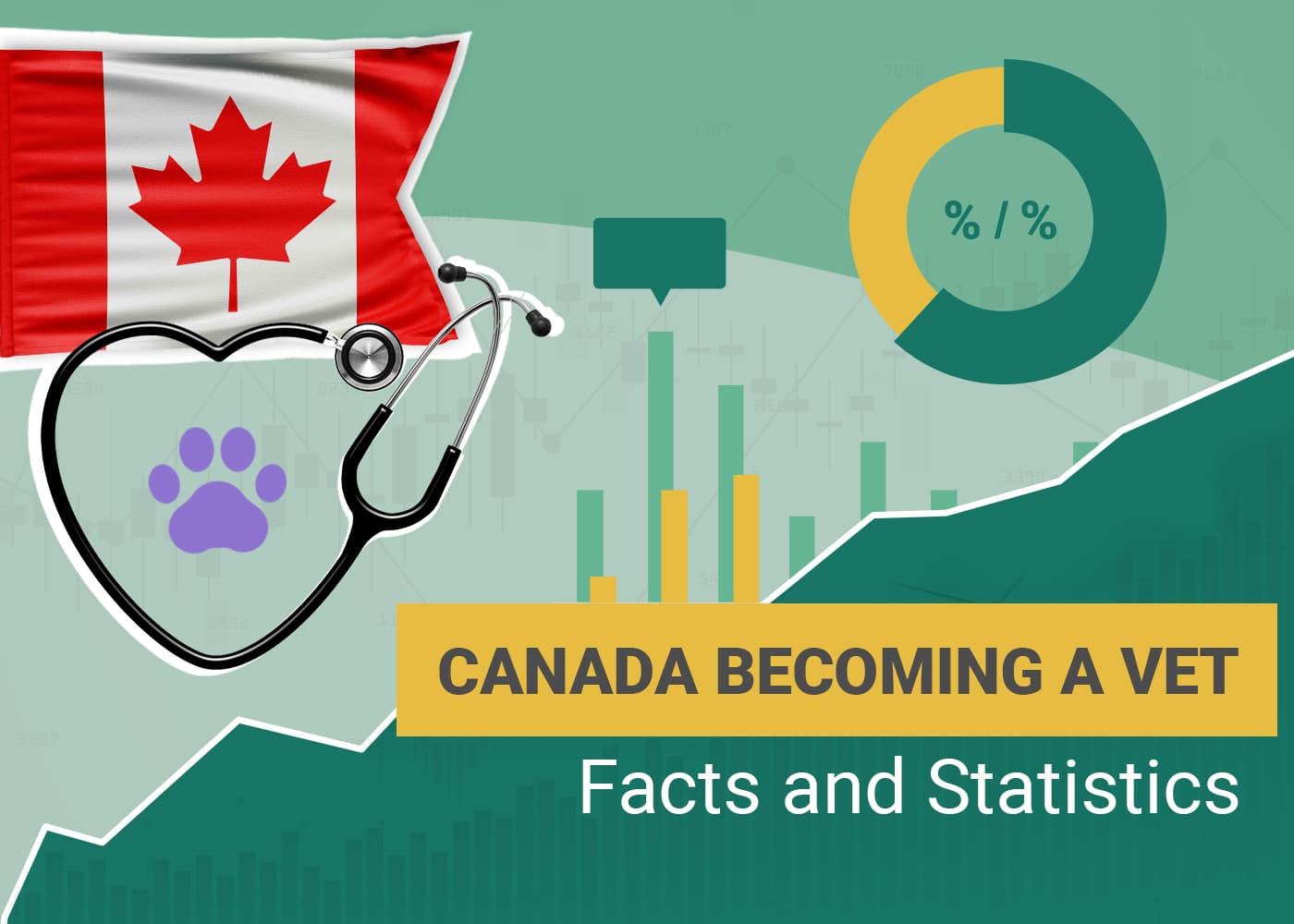Click to Skip Ahead
Note: This article’s statistics come from third-party sources and do not represent the opinions of this website.
Horses have lived with humans for thousands of years but have been on Earth for much longer — about 50 million years! Humans have used them for sport, hauling, plowing, recreation, and racing. They’ve been our companions and friends and are known for their intelligence, speed, and beauty.
Since Canada has a long history with horses, you might wonder how many horses live in this vast and diverse country of ours. It’s estimated that there are around 500,000 horses in Canada. Keep reading as we share 15 more interesting facts and statistics here.

Top 15 Horses in Canada Statistics
- It’s estimated that there are approximately 500,000 horses in Canada.
- There were 5,124 horses registered in Canada in 2023.
- The most registered breed in Canada in 2023 is the Standardbred, with 1,758 registrations.
- Alberta is the province with the most horses in Canada at 37%.
- The current population of Ojibwe horses is less than 200.
- There are approximately 2,800 wild horses on the Chilcotin plateau.
- Of wild horses on the Chilcotin Plateau, 150–250 are considered genetically distinct.
- Sable Island, Nova Scotia and Bronson Forest, Saskatchewan, all have wild horse herds.
- The horse industry contributes $8.69 billion annually to Canada’s Gross Domestic Product (GDP).
- Over 70,000 full-time equestrian jobs were created in 2022.
- There are 10,313 active sport horses in Canada.
- The top reason for horses becoming unwanted is due to changes in the owner’s situation.
- It can cost over $1,000 for horse rescues to take in new horses in 2022.
- About 25,000 horses supplied by Canada are slaughtered annually.
- Live horse for slaughter exports decreased by 8.8% between January to June 2022.

Horses in Canada Statistics
1. It’s estimated that there are approximately 500,000 horses in Canada.
(Fédération Équestre Internationale)
855,000 people actively work in the horse industry, of which about 550,000 live in homes with owned horses, and the other 350,400 use horses owned by others.
2. There were 5,124 horses registered in Canada in 2023.
(Agriculture and Agri-Food Canada)
During COVID-19, horse registration in Canada decreased from 5,230 in 2019 to 4,457 in 2021. But in 2022, the number of registered horses increased to 5,166. By 2023, there was a slight drop but nothing staggering.
3. The most registered breed in Canada in 2023 is the Standardbred, with 1,758 registrations.
(Agriculture and Agri-Food Canada)
The second most registered horse was the Thoroughbred with 850 registrations, followed by the Percheron with 451, and the Clydesdale with 367.
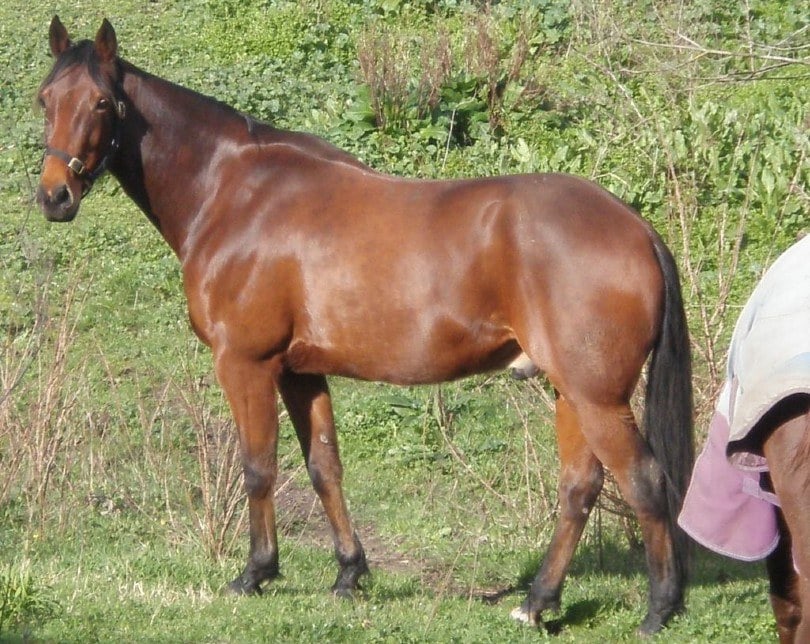
4. Alberta is the province with the most horses in Canada at 37%.
(American Horse Publications)
Ontario has the second-highest number of horses at 25%, followed by Quebec and B.C. at 13% each.
5. The current population of Ojibwe horses is less than 200.
(CBC)
Ojibwe horses, or Lac La Croix Indian Ponies, are a horse breed that was acquired and developed by the Ojibwe people. Their population dwindled down to just four horses by 1977. It’s still a critically endangered breed but breeding and conservation efforts are continuously working to protect and revitalize the breed population.

Wild Horses Statistics
6. There are approximately 2,800 wild horses on the Chilcotin Plateau.
(CBC.ca News)
It’s estimated that there were 2 million mustangs on North American foothills and plains about 100 years ago. However, that number has dwindled significantly. Currently, there are less than 3,000 wild horses, most of them on the Chilcotin Plateau in Western Canada.
7. Of wild horses on the Chilcotin Plateau, 150–250 are considered genetically distinct.
(CBC.ca News)
Most of the wild horses on the Chilcotin Plateau are of Iberian descent. However, a small handful of genetically distinct horses are primarily located in the Brittany Triangle. There is little information about the exact details about what makes them distinct from the other horses.
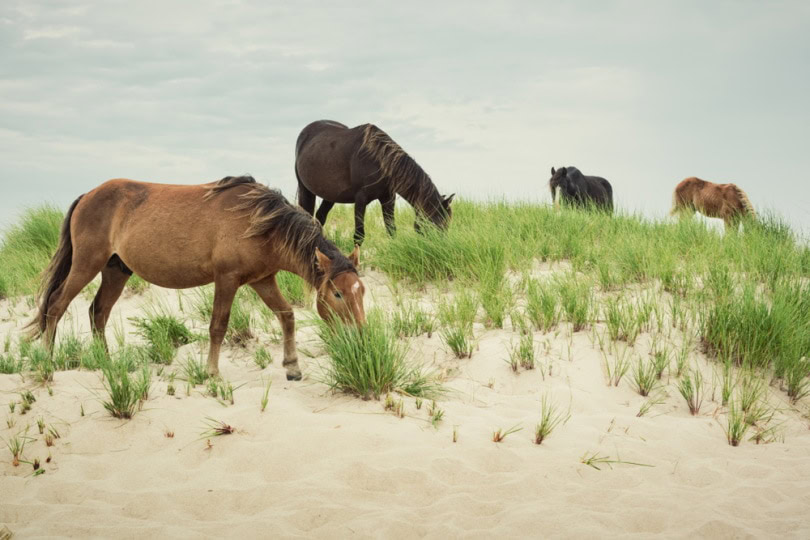
8. Sable Island, Nova Scotia and Bronson Forest, Saskatchewan, all have wild horse herds.
(Cottage Life)
The horses on Sable Island, N.S., are smaller and are a genetically unique breed. They have lived on the island since the 1700s and are protected today by the government. It’s thought there are between 400 to 550 horses.
Bronson Forest in Saskatchewan has a small herd of wild horses protected by the government since 2009.

Canadian Horse Industry Statistics
9. The horse industry contributes $8.69 billion annually to Canada’s Gross Domestic Product (GDP).
(Equestrian.ca 1)
The horse industry makes a significant contribution to the Canadian economy. It encompasses several different sectors, including sport-recreation, agriculture, and entertainment. Horses have affected various other industries and contributed to growth in several areas, including capital investment in stock, feed production, employment opportunities, and the creation and management of horse facilities.
10. Over 70,000 full-time equestrian jobs were created in 2022.
(Equestrian.ca 1)
The horse industry greatly benefits the Canadian workforce. In 2022, the equine sector created 70,997 jobs.
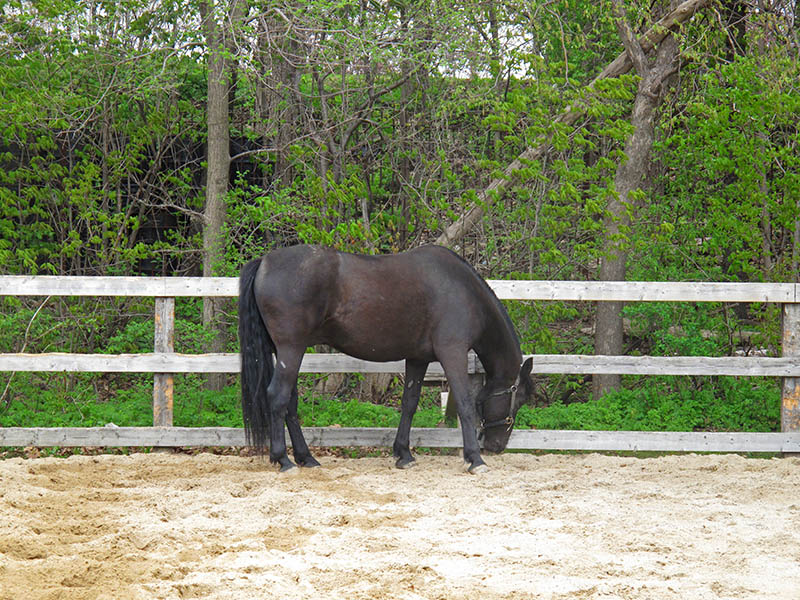
11. There are 10,313 active sport horses in Canada.
(Equestrian.ca 2)
In 2019, these athletes saw 35 platinum-level events take place, which included Pan Am and the Olympics. Team Canada won gold and bronze in Eventing at the Lima Pan AM Games in 2019.

Horse Wellbeing & Advocacy
12. The top reason for horses becoming unwanted is due to changes in the owner’s situation.
(AVMA)
With many people facing economic hardships, horse rescues and shelters have seen an increase in relinquished horses. Changes in the owner’s situation is the main reason why horses become unwanted, and older horses and horses with injuries are often sent to horse adoption and rescue organizations. Horses that are deemed unmanageable are also commonly abandoned.
13. It can cost over $1,000 for horse rescues to take in new horses in 2022.
(CBC)
Bringing in a new horse is costly for horse rescues. It can cost about $1,000 per horse, and the costs can go towards transportation, veterinary bills, food, and shelter. Prices can rise significantly depending on the transportation distance and if more intensive veterinary care is required.

14. About 25,000 horses supplied by Canada are slaughtered annually.
(CTV News)
Horse meat takes up a small fraction of the horse industry. It’s mainly exported to Japan, and many exports consist of transporting live horses by plane. Horse meat isn’t very popular in Canada, but you may find some establishments selling or preparing it in certain parts of Quebec.
15. Live horse for slaughter exports decreased by 8.8% between January to June 2022.
(The Canadian Horse Defence Coalition)
Live horse exports remain controversial as the process of transporting them by air raises many concerns for animal rights activities. Calls for stricter laws may not be enough as activists favor the complete ban of live horse exports. The Liberal Party of Canada has also made a pledge during the last election to work towards banning it.

Frequently Asked Questions About Horses in Canada
How long have horses been around?
The earliest horses originated in North America about 50 million years ago and eventually spread to the rest of the world. But the North American breeds went extinct about 10,000 years ago. It’s believed that domesticated horses came from central Asia about 3000 to 4000 B.C. (Live Science)
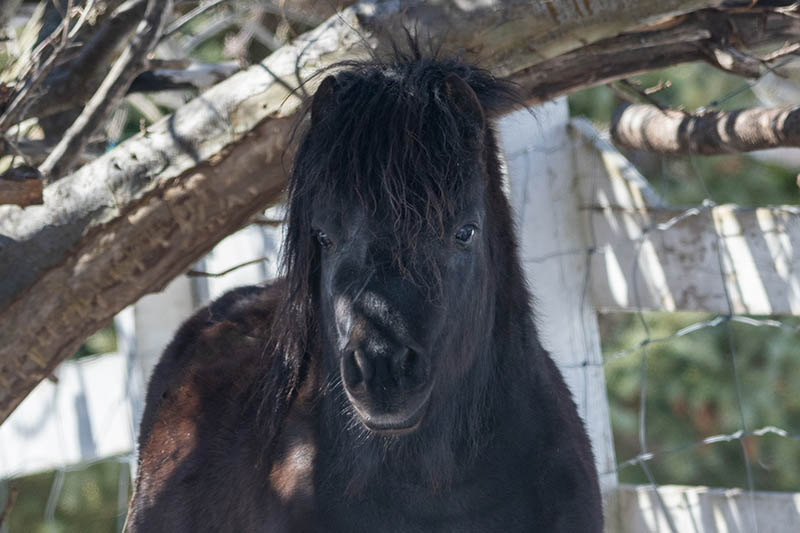
How many breeds of horses are there?
All horses evolved from the Equus caballus, but there are about 350 horse breeds, all of which serve a specific function. There are draft horses that are strong workhorses, such as the Clydesdale. Light horses are the most common and are used for racing and jumping, like the Thoroughbred.
There are warm-blooded horses used for jumping and dressage, like the Swedish Warmblood, and gaited horses commonly used for travelling, such as the Tennessee Walking Horse. Finally, there are colour breeds like the American Paint Horse. (Live Science)
Are there any Canadian breeds?
- The Canadian Horse is the official national breed of Canada.
- The Canadian Rustic Pony is a gentle and sweet pony that does well with children.
- The Lac La Croix Indian Pony is quite rare and was bred with Spanish Mustangs to keep them from becoming extinct. The Ojibwe developed them.
- The Newfoundland Pony came from English, Scottish, and Irish ponies and is quite small, even for a pony. They are quite friendly with people, so they are great for children.
- The Sable Island Horse is a wild horse from Nova Scotia. They are resilient, adaptable, and peaceful horses.
- The Canadian Pacer originated through the mix of the Canadian Horse and the Narragansett Pacer. They are energetic and wonderful for racing and leisure riding.
Where are the most popular equestrian events held?
Spruce Meadows in Calgary brings in the most highly honoured jumping names. It’s been holding events since the 1970s and will see as many as 500,000 visitors each year. It has enough stables for 1,000 horses! (Fédération Équestre Internationale)
Why are Alberta’s wild horses called feral?
The wild horses in Alberta are called feral because the government states that they are not native species to the prairies. It’s believed that they are in competition with the native species of wildlife that reside in Alberta, which is why they are culled at times. The horses are usually captured and either sold and tamed or slaughtered. (Global News)
How many Olympic medals does Canada have in equestrian sports?
Canada has a total of seven Olympic medals in equestrian sports. Its two gold medals are from the jumping team and individual events. The most recent medal was won in 2016 by Eric Lamaze in jumping individual. (Olympian Database)
What is the horse capital of Canada?
While there isn’t an official horse capital in Canada, Langley, British Columbia, is the self-proclaimed horse capital. Along with having a high population of horses, Langley is home to the Thunderbird Show Park and hosts many events throughout the year.

Conclusion
Canada’s love for horses and horse events is here to stay. These beautiful, intelligent, and majestic animals have such a long history with humans, and we love to see the strong bonds that develop between horses and their owners.
- Fédération Équestre Internationale
- Agriculture and Agri-Food Canada
- Agriculture and Agri-Food Canada
- Horse Journals
- Horse Canada
- Government of Alberta
- Cottage Life
- Government of Canada
- Fédération Équestre Internationale
- Fédération Équestre Internationale
- Live Science
- Live Science
- Fédération Équestre Internationale
- Global News
- Agriculture and Agri-Food Canada
- American Horse Publication
- CBC.ca News
- Equestrian.ca 1
- Equestrian.ca 2
Featured Image Credit: jessica skene, Shutterstock
